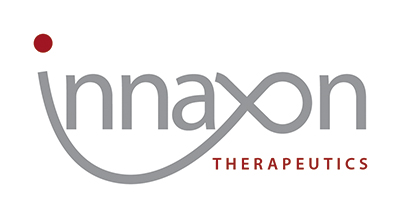2015 A novel small molecule TLR4 antagonist (IAXO-102)…
A novel small molecule TLR4 antagonist (IAXO-102) negatively regulates non-hematopoietic toll like receptor 4 signalling and inhibits aortic aneurysms development (2015)
Atherosclerosis. 242:563 (2015)
Huggins C1, Pearce S1, Peri F2, Neumann F3, Cockerill G1, Pirianov G4.
1 Institute of Cardiovascular Sciences and Cell Biology, St Georges University of London, UK
2 Department of Biotechnology and Biosciences, University of Milano-Bicocca, Italy.
3 Innaxon, Tewkesbury, UK.
4 Department of Biomedical and Forensic Sciences, Anglia Ruskin University, Cambridge, UK. Electronic address: grisha.pirianov@anglia.ac.uk.
Objectives
The toll-like receptors (TLRs), including TLR4, have been shown to play a crucial role in vascular inflammatory diseases, such as atherosclerosis and aneurysm. The main goal of this study was to determine the potential of IAXO-102 (Innaxon, Tewkesbury), a novel small molecule TLR4 antagonist, to modulate non-hematopoietic TLR4 proinflammatory signalling and inhibit experimental abdominal aortic aneurysm (AAA) development.
Methods
Human umbilical vein endothelial cells (HUVEC) and Angiotensin II-induced experimental AAA development were our in vitro and in vivo models respectively. Western blotting, antibody array and ELISA approaches were used to explore the effect of IAXO-102 on TLR4 functional activity on two levels: modulation of TLR4-induced mitogen activated protein kinases (MAPK) and p65 NF-kB phosphorylation and expression of TLR4 dependent proinflammatory proteins.
Results
Following activation of TLR4, in vitro/in vivo data revealed that IAXO-102 inhibited MAPK and p65 NF-kB phosphorylation associated with down regulation of the expression of TLR4 and TLR4 dependent proinflammatory proteins. Furthermore, IAXO-102 decreased Angiotensin II-induced aortic expansion, rupture and incidence of AAA.
Conclusions
These results demonstrate the ability of IAXO-102 to negatively regulate TLR4 signalling and to inhibit experimental AAA development, suggesting the potential therapeutic use of this TLR4 antagonist for pharmacological intervention of AAA.
